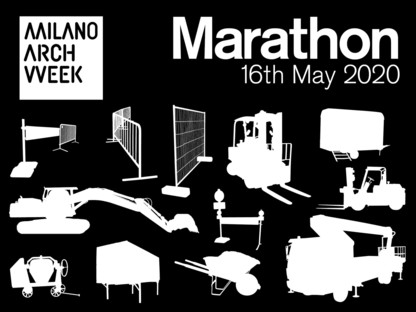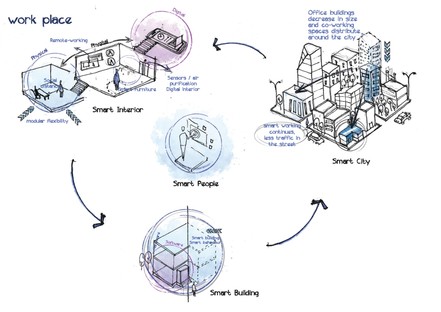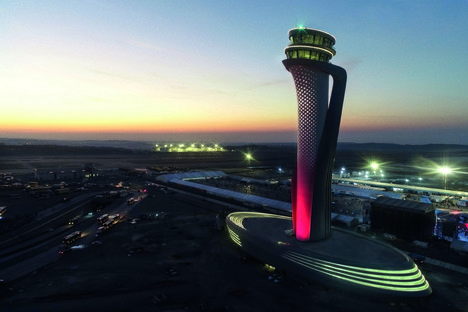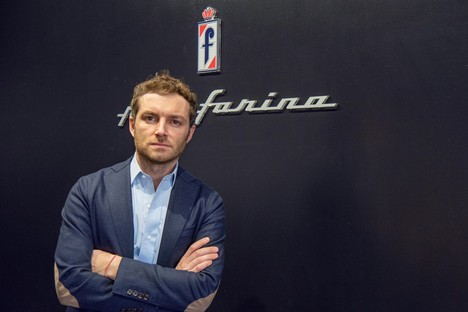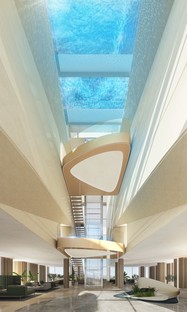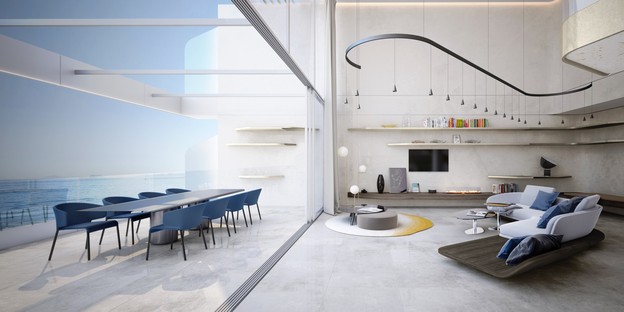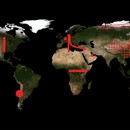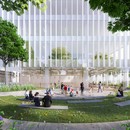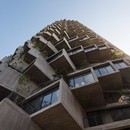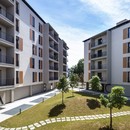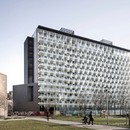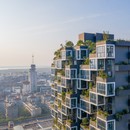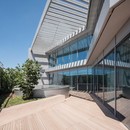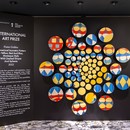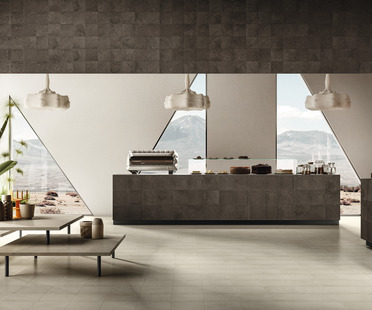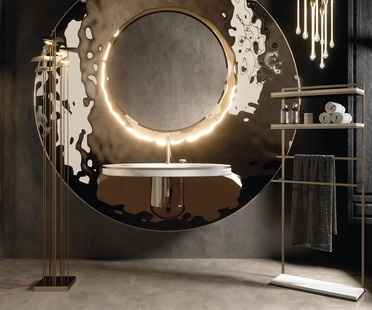21-05-2020
Architecture and Design post-COVID-19
Giuseppe Tortato, Lombardini 22, Rem Koolhhas, Progetto CMR, Zaha Hadid Architects, Stefano Boeri Architetti, BIG – Bjarke Ingels Group, Piuarch (Francesco Fresa, Germán Fuenmayor, Gino Garbellini e Monica Tricario),
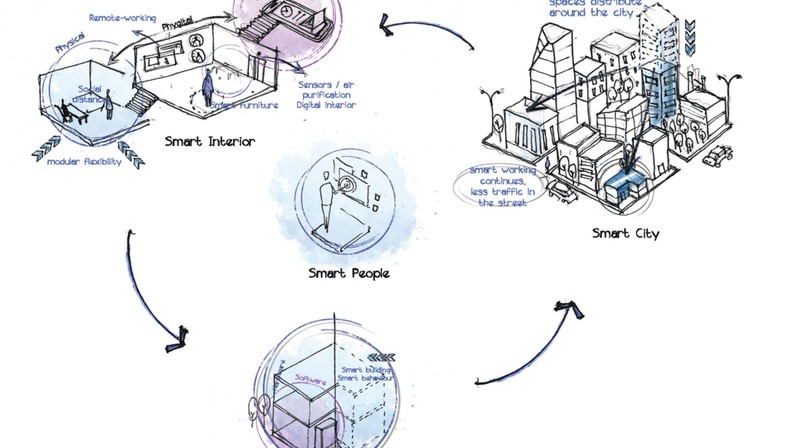
During the most difficult days of the Covid-19 outbreak, architects and designers worked hard to come up with solutions that could help those who were at the forefront of the emergency. Just think of the small and large design firms around the world that committed to doing their part by using 3D printers to produce supports for protective acetate visors or respirator valves. Now that in many countries the so-called “phase 2” of the emergency is underway, meaning that we have to learn to live and coexist with the virus, ideas and solutions are coming to light to help restart the activities that have been impacted, in compliance with social distancing and with all the various provisions aimed at safeguarding business operators as well as customers. We have all seen the more or less feasible projects for beach clubs, from the use of plexiglass boxes to kiosks made of straw, from fabric "girandole" to movable planters and green walls, and from glass panels to upside-down tulips for restaurants, which allow guests to enjoy their meals together, while avoiding the diffusion of “droplets”. Together with the various designs aimed at providing temporary solutions, more and more webinars and meetings are being organised and held around the world to develop ideas on the future of work and living spaces, in order to help people regain a “new and lasting” normality.
In Italy, the first country in Europe to face the Covid-19 outbreak, institutions and public bodies are committed to stimulating the debate on the possible scenarios that are opening up for cities and living spaces in the aftermath of the pandemic. In Milan, the DesignTech Hub of the MIND Milano Innovation District, a programme that has been created to give new life to the Milan Expo 2015 area, has engaged leading architecture and design studios in a “Design Task Force” whose purpose is to provide support to professionals from different sectors. The White Paper titled “DesignTech for Future” was the result of the work carried out by several working groups focused on different themes. The Paper identifies thirteen different areas and provides solutions that integrate design and technology in order to make work and living spaces safe, allowing social interactions to resume in the post-pandemic world. The White Paper saw the contribution of firms specialised in various sectors: Real Estate - Lendlease (coordinator) in collaboration with Giuseppe Tortato Architetti; Living - Pininfarina Architecture; Workplace - DEGW/Lombardini 22 (coordinator) in collaboration with Workitect; Healthcare - Binini Partners (coordinator) in collaboration with Centro Medico Santagostino; Restaurant - Lai Studio (coordinator) in collaboration with Paolo Barichella’s Food Lifestyle; Retail – Piuarch; Banking - MBA+D Matteo Belfiore Architecture + Design; Hospitality - Zaha Hadid Architects; Public Spaces - Progetto CMR; Mobility - MIC Mobility in Chain; Supply Chain - PwC Italy I Operations; Social Innovation - PwC Italy I New Ventures I Innovation; Education - School for Dreamers.
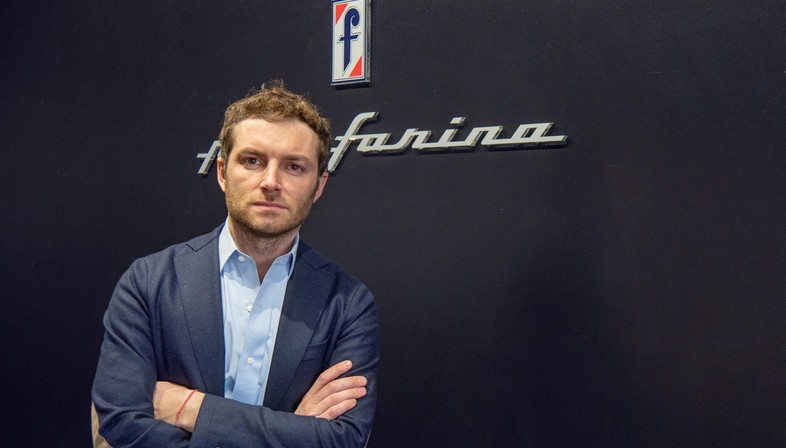
On the occasion of Decameron, the Instagram project launched by Triennale Milano, Joseph Grima, Director of the Triennale Milano’s Museum of Italian Design and Giovanni de Niederhäusern, Senior Vice President of Architecture at Pininfarina, spoke about “Future developments and scenarios for architecture and design in the post-COVID-19 world ”.
Issues and challenges that the city of Milan already faced during the 2020 edition of the Milano Arch Week, which took place in digital form. The event, directed by architect Stefano Boeri, was held on May 16 with the scientific contribution of the Polytechnic University of Milan. The day was organised into two main parts. It started with an open debate between the Municipality of Milan and the groups selected as part of the Urban Factor tender on two key topics: "The city of children" and "The public space". In the afternoon, the debate was followed by contributions by leading international architects who have worked in the city, including: Petra Blaisse (Parco Biblioteca degli Alberi); Peter Eisenman (Residenze Carlo Erba); Bjarke Ingels (a project currently underway in the new CityLife district); Patrik Schumacher – Zaha Hadid Architects (City Life); Kazuyo Sejima – SANAA (the Bocconi University Campus). Stefano Boeri and Rem Koolhaas concluded the day and the event focusing on the Milan and Dispersion theme.
(Agnese Bifulco)










